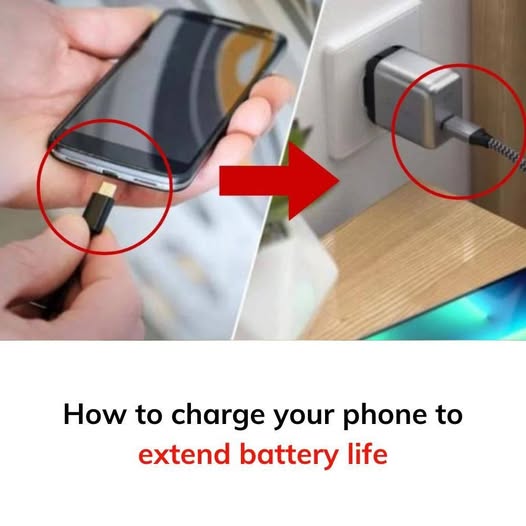
Public USB charging stations may seem like a modern convenience, but they can pose serious risks to your device and personal data. Through a method known as “juice jacking,” cybercriminals can access your phone’s contents or install malware—all through a seemingly harmless USB port. Have you ever stopped to think about where you’re plugging in?
Common Places Where USB Charging Can Be Risky
1. Airports: High Traffic, High Risk
Busy travelers often charge their phones at airport USB stations without a second thought. Unfortunately, these ports are common targets for hackers.
Safe practice: Use your charger and connect directly to a wall outlet instead of public USB ports.
2. Train Stations: False Sense of Security
With numerous charging points available, train stations feel safe—but looks can be deceiving. Public ports may be altered to extract data.
Tip: Carry a USB cable with a built-in data blocker or a USB data-protection adapter.

3. Hotels: Convenience Comes with a Catch
Built-in USB ports in hotel furniture, alarm clocks, or lamps might seem handy, but could be tampered with to access your information.
Best option: Stick to your personal charger and power adapter for peace of mind.
4. Rental Cars: Not Just a Ride
Plugging into a rental car’s USB can give the vehicle access to your call logs, contacts, and recent files.
Safer alternative: Use a cigarette lighter charger or your portable power bank.
5. Tourist Areas: Picture-Perfect Targets
Charging stations near tourist attractions are often used to harvest personal data, and sometimes even enable remote access to your device’s camera or microphone.
Protective measure: Always use a USB data blocker to ensure no information is shared.
6. Shopping Malls: Prime Grounds for Data Theft
A casual charge at the mall could lead to serious exposure—photos, passwords, or even banking details may be at risk.
Smart move: Bring your portable charger to stay powered up safely.

7. Libraries: Quiet, But Not Always Safe
Even serene, trusted spaces like libraries can have compromised USB ports. Malware can be silently installed in just moments.
Pro tip: Stick with your charger and plug into a standard outlet.
8. Cafés: A Risky Recharge
Some hackers install rogue devices between café USB ports and power supplies to intercept your data.
Better option: Rely on a power bank, or wait until you’re home to recharge.
How to Stay Protected
To reduce your risk, adopt these simple habits:
Use your charging accessories: Always carry your power adapter and charging cable.
Invest in a USB data blocker: These small tools let you charge safely by blocking data transfer.
Carry a power bank: Stay charged on the go without relying on public ports.

Your smartphone holds sensitive data—from contacts to passwords. Take charge of your digital safety by thinking twice before you plug in.
How to Charge Your Phone to Extend Battery Life
How to Charge Your Phone to Extend Battery Life
Like any other technology, phone batteries wear down over time. Extending your battery’s lifespan can save you money and make sure that your device stays functional for as long as possible. Below are some helpful tips for prolonging your phone’s battery life:
Avoid Full Discharges
Unlike popular belief, it’s better for your battery if you don’t let it fully discharge to 0%. Charging your phone when it’s around 20-30% is ideal for maintaining the battery’s health.
Charge Between 20-80%

Rather than charging your phone to 100% every time, aim for a charge between 20% and 80%. This helps to prevent the stress that comes with constantly pushing your battery to its maximum limit.
Use the Right Charger
Always use the charger that came with your phone or an official brand-approved charger. Using off-brand chargers can lead to inefficient charging and may even damage the battery over time.
Avoid Overheating
High temperatures can lead to the reduction in battery lifespan. Don’t leave your phone in hot environments, such as direct sunlight or in a car on a sunny day. When charging your phone, try to keep it in a cool place.
Turn Off Unnecessary Features
When your phone isn’t in use, turn off features like Wi-Fi, Bluetooth, and location services. These consume battery power even when you’re not actively using them.
Use Battery-Saving Mode
The majority of smartphones have a battery-saver mode that helps optimize battery usage. When your battery gets low, switch on this mode to reduce power consumption.
Avoid Charging Overnight
Though modern phones are designed to stop charging once they hit 100%, it’s still a good practice to unplug your phone when it reaches full charge to avoid unnecessary strain on the battery.
Follow these simple tips, and you can maximize the lifespan of your phone’s battery and enjoy a longer-lasting device.

















